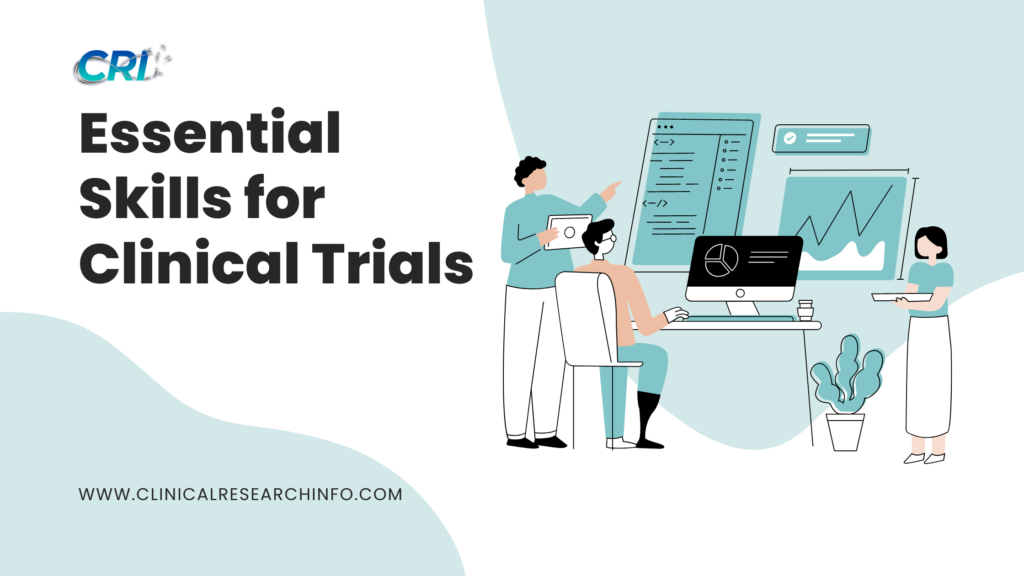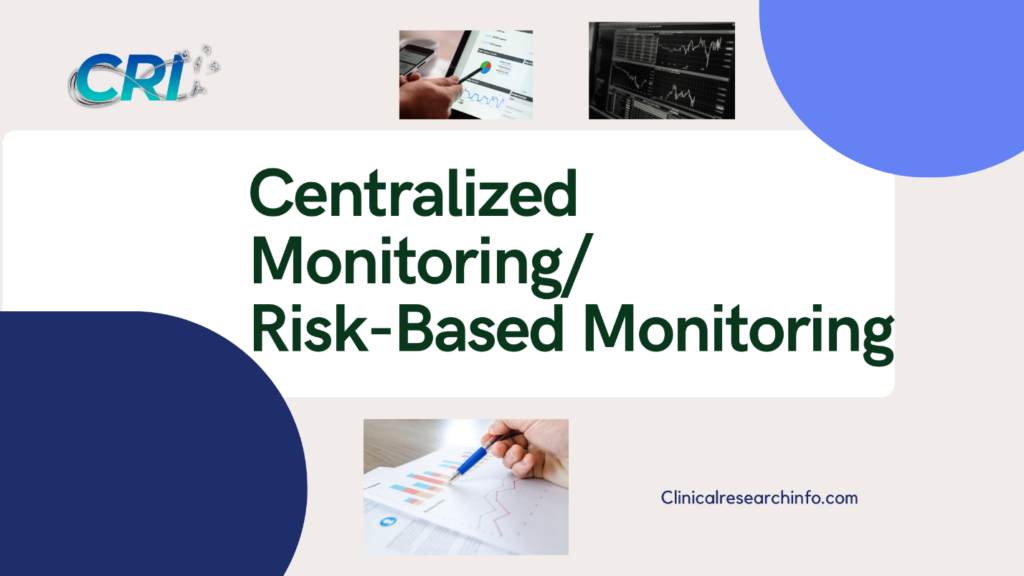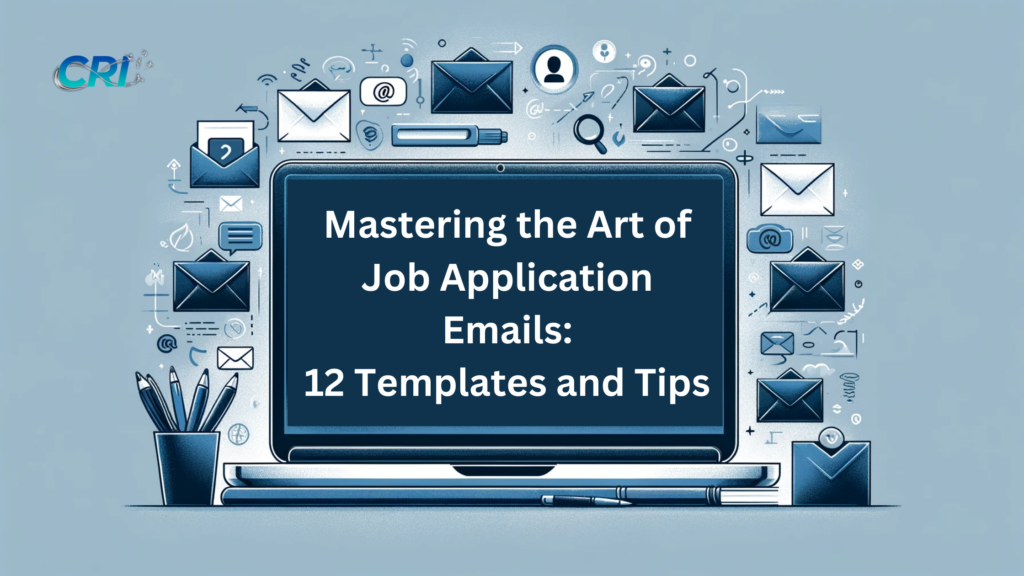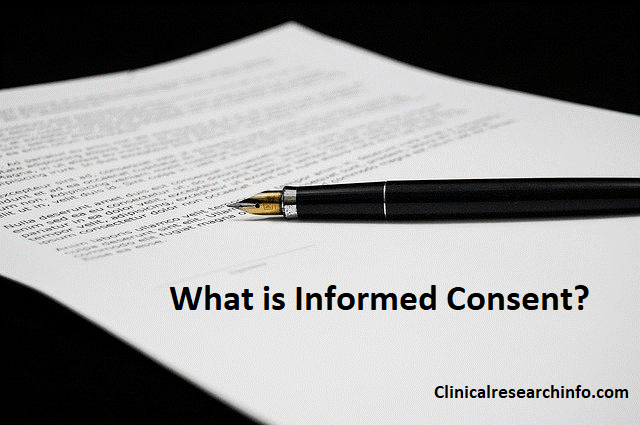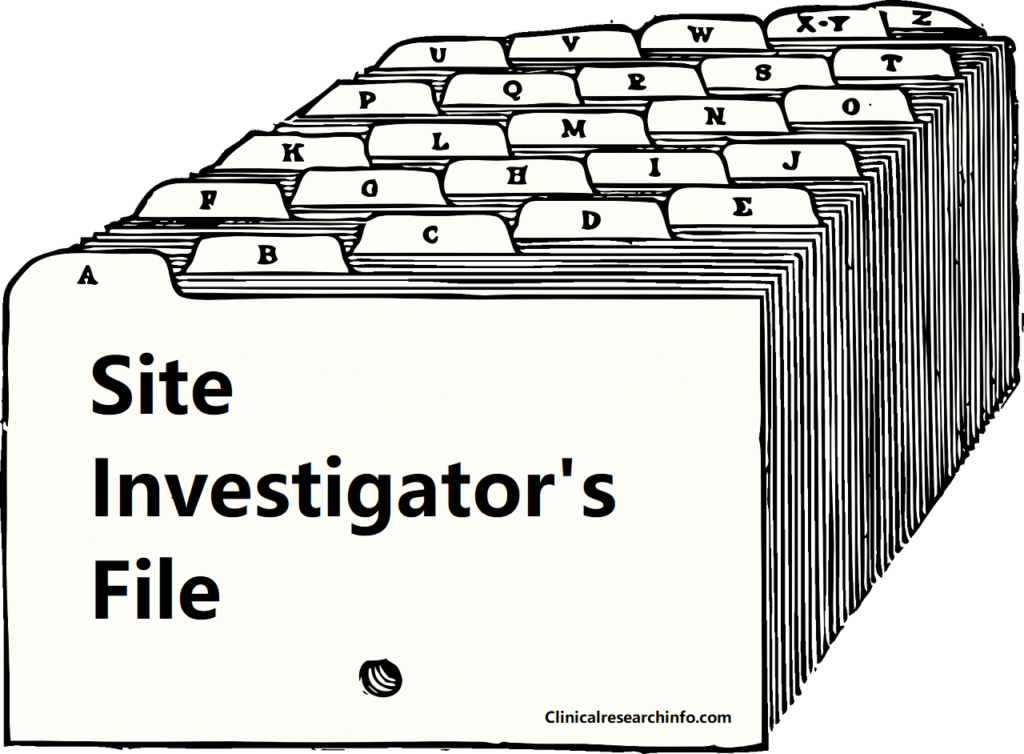Centralized monitoring is a remote evaluation of the study data, carried out by a team including central monitors, and medical reviewers at a location other than the sites at which the clinical investigation is being conducted. The major difference between CRA monitor and centralized monitor is onsite monitoring and centralized monitoring respectively. Before you appear for an Interview, kindly read the below guidelines; https://cdsco.gov.in › CDSCO_WEB › Pdf-documents https://www.fda.gov › files › drugs › published Good Clinical Practice (GCP) is an international ethical and scientific quality standard for designing, conducting, recording, and reporting trials that involve the participation of human subjects. Compliance with this standard provides public assurance that the rights, safety, and well-being of trial subjects are protected, consistent with the principles that have their origin in the Declaration of Helsinki, and that the clinical trial data are credible. Careful and frequent monitoring can ensure the early discovery of pitfalls during the course of a clinical trial. Traditionally, monitoring was done through full-scale Source Data Verification( SDV) which involved traditional verification of all collected data from source documents and records. In due course of time, four algorithm-dependent approaches arbitrary SDV approach, the declining SDV approach, the three-tiered SDV approach, and mixed approaches were enforced to reduce the manual trouble and time involved in SDV. While these ways were an enhancement to the traditional SDV process, the associated trouble, time and costs were still significantly high, charging the collaborative trouble of assiduity and nonsupervisory actors to look out for indispensable approaches. The following are the major challenges of 100 SDV approach to trial monitoring So How Does RBM Work? RBM focuses on high-threat areas – scientifically as well as operationally – and leverages technology and other coffers to alleviate these pitfalls. The first step for successful RBM is threat assessment and defining the high-threat areas. Hence, it’s important to identify the KRIs( crucial threat pointers) and put in place the right triggers, cautions, and responses. After the assessment, threat mitigation and threat operation strategies come in play. ICH GCP E6 (R2) section 5 indicates risk-based monitoring i.e centralized monitoring under the sponsor’s responsilities. The sponsor should implement a system to manage quality throughout all stages of the trial process. Sponsors should focus on trial activities essential to ensuring human subject protection and the reliability of trial results. Quality management includes the design of efficient clinical trial protocols, tools, and procedures for data collection and processing, as well as the collection of information that is essential to decision making.The methods used to assure and control the quality of the trial should be proportionate to the risks inherent in the trial and the importance of the information collected. The sponsor should ensure that all aspects of the trial are operationally feasible and should avoid unnecessarycomplexity, procedures, and data collection. Protocols, case report forms, and other operational documents should be clear, concise, and consistent. The quality management system should use a risk-based approach as described below; The Transition towards Risk-based Quality Management The FDA has honored the capabilities of threat-grounded monitoring to ameliorate quality in all phases throughout the course of study trials. The most significant changes in ICH E6( R2) have been enforced to contend on guarantors and CROs to borrow a threat-grounded approach for study prosecution. The ultramodern automated RBM results grease centralized, off-point monitoring with the ideal to minimize the pitfalls associated with study trials coupled with the perpetration of GCP, SDR, and Planning criteria. The ultramodern approach would also exclude the need to suffer the repeated process, by landing the particular information of the threat assessment which needs corrective action for posterior reviews. The system captures all the information and the workflow process which can be validated by the controllers fluently along with time and date stamps. threat- grounded monitoring has the implicit to dramatically reduce the costs, time, and crimes without any adverse impact on the overall trial quality. Remote Monitoring -SCOPE When the RBM team takes over, it “monitors the data in nearly real time to uncover inconsistencies, deviations, and data errors.” It also “conducts performance assessments to unveil poor performance, potential noncompliance, and misconduct.” If any red flags are raised based on key risk indicators (KRIs), the RBM team deploys an FM to the site for a visit. Adopting this dual approach ensures the time savings and efficiency of RBM with the localized and first-hand analysis of onsite visits. The monitoring process As bandied over, the FDA has handed some detailed guidance on how to prepare a monitoring plan, but once the plan is in place, it’s the guarantor’s responsibility( or the guarantor’s delegate, like a CRO) to execute the plan. While specifics will differ extensively between studies, a threat- acquainted monitoring program will generally contain the following conditioning, which all flow through a comprehensive threat dashboard erected for your particular study Career Opportunities Any science graduate Msc, B.pharm, M.pharm, PharmD, Diploma in clinical research candidate can apply for this position. Centralised Monitoring Assistant (CMA): Fresher to 1-year experience Centralized Monitor (CM): 1-5 years of experience in Centralised monitoring or Onsite monitoring Associate Centralized Monitoring Lead (ACML): 5-8 years of experience in clinical trials Centralized Monitoring Lead (CML): 8-12 years of experience Centralized Monitoring Manager: 12-16 years of experience in clinical trials Centralized Monitoring Director: 16–20 years of experience in clinical trials Key Responsibilities of Centralised Monitor Bonus Tip Before appearing in the Interview, kindly read about all EDC platforms being used in clinical trials, i.e., eTMF, eCRF, CTMS, subject diaries, and IWRS systems. TAGS: CLINICAL RESEARCH, CLINICAL TRIAL, CLINICAL TRIALS, CLINICALRESEARCH, CLINICALTRIALS, CRO, ETMF

